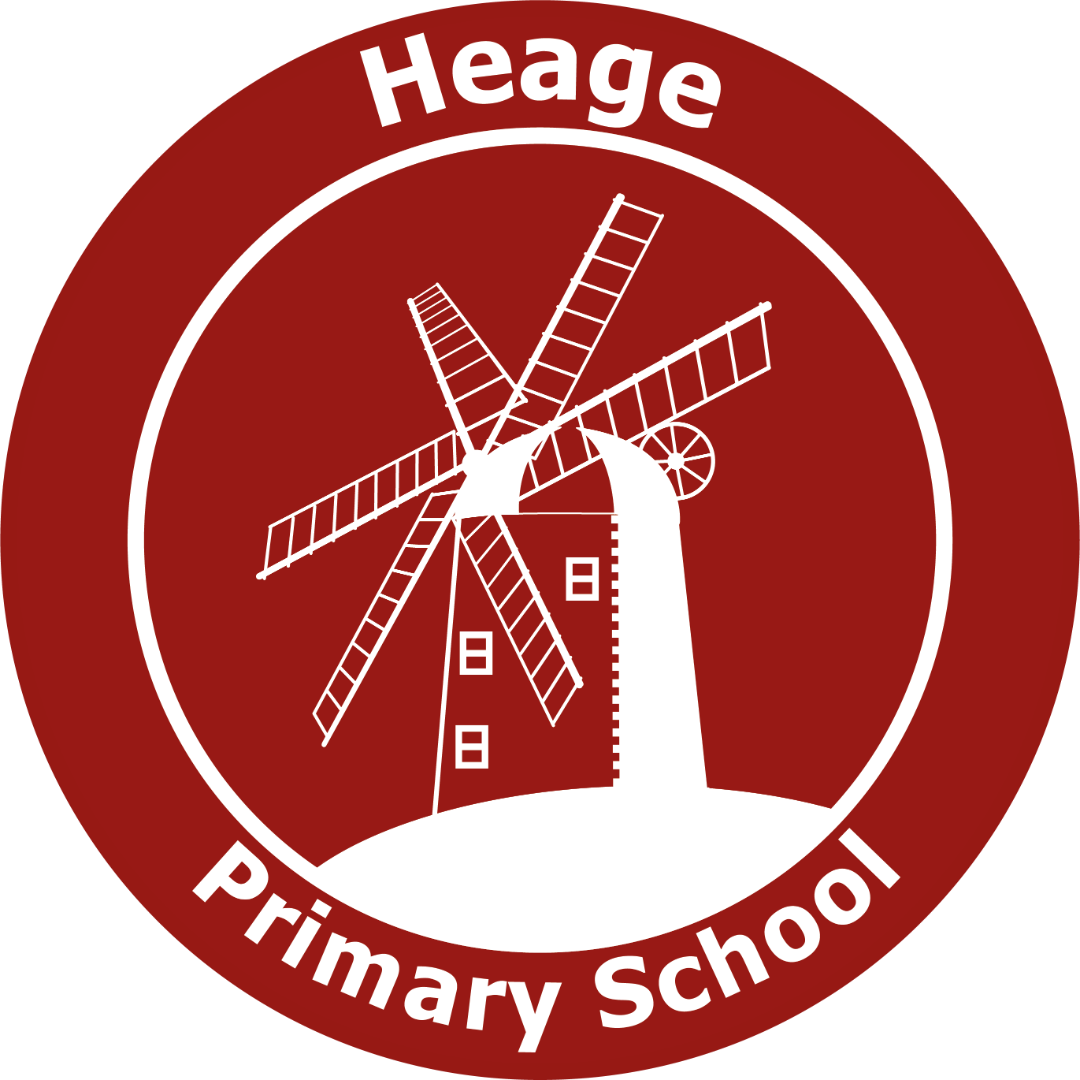Hen Cloud (Y4) Mrs Darnell and Miss Smith
Welcome to Year 4
We are excited to embark on an amazing year of learning and growth in Hen Cloud. In Year 4, we believe that treating each other with respect and kindness will help us to create a positive classroom where everyone is valued. Through teamwork, we support one another, share ideas and celebrate our success together.
End of Year Expectations for Year 4
On this page you'll find information on the end-of-year expectations for children in Year Four of our school. The National Curriculum outlines these expectations as being the minimum requirements your child must meet in order to ensure continued progress. All the objectives will be worked on throughout the year and will be the focus of direct teaching. Any extra support you can provide in helping your children with maths, reading and writing will be greatly beneficial and valued. Please come and speak to us if you need further information.
Mathematics
By the end of Year Four, your child will be able to:
-
Count backwards through zero to include negative numbers.
-
Compare and order numbers beyond 1,000.
-
Compare and order numbers with up to 2 decimal places.
-
Read Roman numerals to 100.
-
Find 1,000 more/less than a given number.
-
Count in multiples of 6, 7, 9, 25 and 1000.
-
Recall and use multiplication and division facts all tables to 12x12.
-
Recognise PV of any 4-digit number.
-
Round any number to the nearest 10, 100 or 1,000.
-
Round decimals with 1dp to nearest whole number.
-
Add and subtract numbers with up to 4-digits using written columnar method.
-
Multiply 2-digit by 1-digit and 3-digit by 1-digit
-
Count up/down in hundredths.
-
Recognise and write equivalent fractions
-
Add and subtract fractions with same denominator.
-
Read, write and convert time between analogue and digital 12 and 24 hour clocks.
Word reading and comprehension
By the end of Year Four, your child will be able to:
-
Apply their growing knowledge of root words, prefixes and suffixes (etymology and morphology) both to read aloud and to understand the meaning of new words they meet.
-
Read further exception words, noting the unusual correspondences between spelling and sound, and where these occur in the word.
-
Develop positive attitudes to reading, and an understanding of what they read.
-
Recognise some different forms of poetry (for example, free verse, narrative poetry).
-
Discuss words and phrases that capture the reader’s interest and imagination.
-
Prepare poems and play scripts to read aloud and to perform, showing understanding through intonation, tone, volume and action.
-
Identify themes and conventions in a wide range of books.
-
Increase their familiarity with a wide range of books, including fairy stories, myths and legends, and retell some of these orally.
-
Use dictionaries to check the meaning of words that they have read.
-
Read books that are structured in different ways and read for a range of purposes.
-
Listen to and discuss a wide range of fiction, poetry, plays, non-fiction and reference books or textbooks.
-
Check that the text makes sense to them by asking questions, discussing their understanding, and explaining the meaning of words in context.
-
Draw inferences such as inferring characters’ feelings, thoughts and motives from their actions, and justify inferences with evidence.
-
Retrieve and record information from non-fiction.
-
Participate in discussion about both books that are read to them and those they can read for themselves, taking turns and listening to what others say.
Writing
Transcription
- Use further prefixes and suffixes and understand how to add them.
- Spell further homophones.
- Place the possessive apostrophe accurately in words with regular plurals (for example, girls’, boys’) and in words with irregular plurals (for example, children’s).
- Use the first 2 or 3 letters of a word to check its spelling in a dictionary.
- Write from memory simple sentences, dictated by the teacher, that include words and punctuation taught so far.
Handwriting
- Use the diagonal and horizontal strokes that are needed to join letters and understand which letters, when adjacent to one another, are best left unjoined.
- Increase the legibility, consistency and quality of their handwriting, (for example, by ensuring that the downstrokes of letters are parallel and equidistant, and that lines of writing are spaced sufficiently so that the ascenders and descenders of letters do not touch).
Writing - composition
- Plan, draft, write, evaluate and edit their writing.
- Organising paragraphs around a theme.
- In narratives, creating settings, characters and plot.
- In non-narrative material, using simple organisational devices (for example, headings and sub-headings).
Vocabulary, grammar and punctuation
- Extend the range of sentences with more than one clause by using a wider range of conjunctions, including: when, if, because, although.
- Use the present perfect form of verbs in contrast to the past tense.
- Choose nouns or pronouns appropriately for clarity and cohesion and to avoid repetition.
- Use conjunctions, adverbs and prepositions to express time and cause.
- Use fronted adverbials with commas after.
- Indicate possession by using the possessive apostrophe with plural nouns.
- Use and punctuate direct speech.
